
Wate cisterns underground in Istanbul, Turkey. Created to address the masses that came to see
The Underground World of the Hagia Sophia Secrets of the Hagia Sophia - Healing Powers, Mysterious Mosaics and Holy Relics The underground Basilica Cistern built by Emperor Justinian, which lies about 150 meters (490 meters) from Hagia Sophia and is usually "covered" in water. (FOTOALEM / Adobe Stock)

The mysterious beauty of the city of Istanbul The Basilica Cistern Istanbul, Cistern, Basilica
The former Basilica of Hagia Sophia in Istanbul (Constantinople) is the undisputed symbolic center of the Greek Orthodox faith, hosting millions of visitors, who are awed by its great religious, historical, and architectural importance, each year. From 537 to 1453, it served as the undisputed heart of the mighty Byzantine Empire.
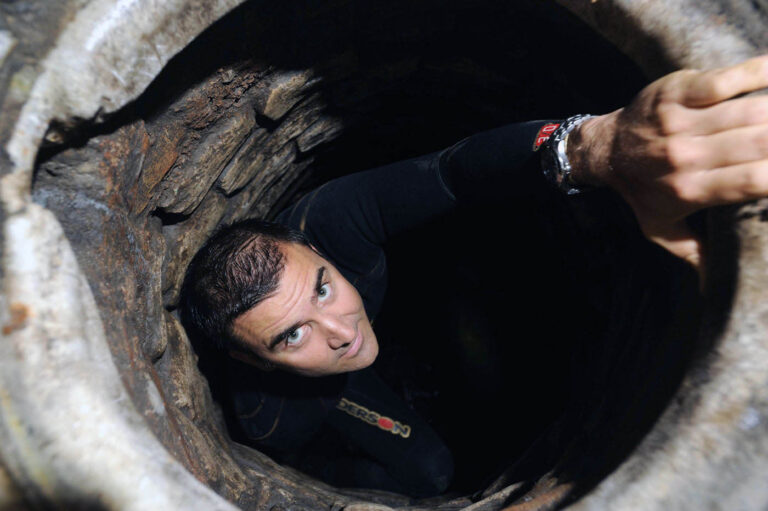
Hagia Sophia, An Architectural Marvel Ultimate Travel Guide with Videos
Hagia Sophia, an iconic world known monument of Late Roman-Early Byzantine architecture, is located at the heart of Istanbul and holds great importance in world architectural history. To fully comprehend its significance, it is crucial to examine the structure from all angles.

Located across the Hagia Sophia Museum, Yerebatan Sarayi is also known as the Basilica Cistern
Hagia Sophia, one of the biggest landmarks of Christianity and Orthodoxy, which for more than a millennium dominated the capital of the Greco-Roman Empire, was built by 10,000 craftsmen, who worked tirelessly for six years to complete this colossal project, while 320,000 pounds (approximately equal to 120,000,000 Euros in today's world) were spe.

underground cistern istanbul San Salvador, Underground Tour, Constantine The Great, Istanbul
The cistern, located 150 metres (490 ft) southwest of the Hagia Sophia on the historical peninsula of Sarayburnu, was built in the 6th century during the reign of Byzantine emperor Justinian I [1] Today it is kept with little water, for public access inside the space.

Anadolu Agency team enters largest underground structures of Hagia Sophia
Hagia Sophia in Istanbul, constructed 532-537, continues to be revered as one of the most important structures in the world. Hagia Sophia (Greek Ἁγία Σοφία, for 'Holy Wisdom') was designed to be the major basilica of the Byzantine Empire and held the record for the largest dome in the world until the Duomo was built in Florence in the 15th century.
Merhaba! Cannakale to Istanbul
Investigations of Hagia Sophia's subterranean area had first begun in 1937, when Kisterna, the largest underground water tank ever built in Istanbul, was discovered 150 meters (492 feet) below the hallowed building.. Another major discovery that the divers were able to confirm was that Hagia Sophia was indeed connected underground with the.
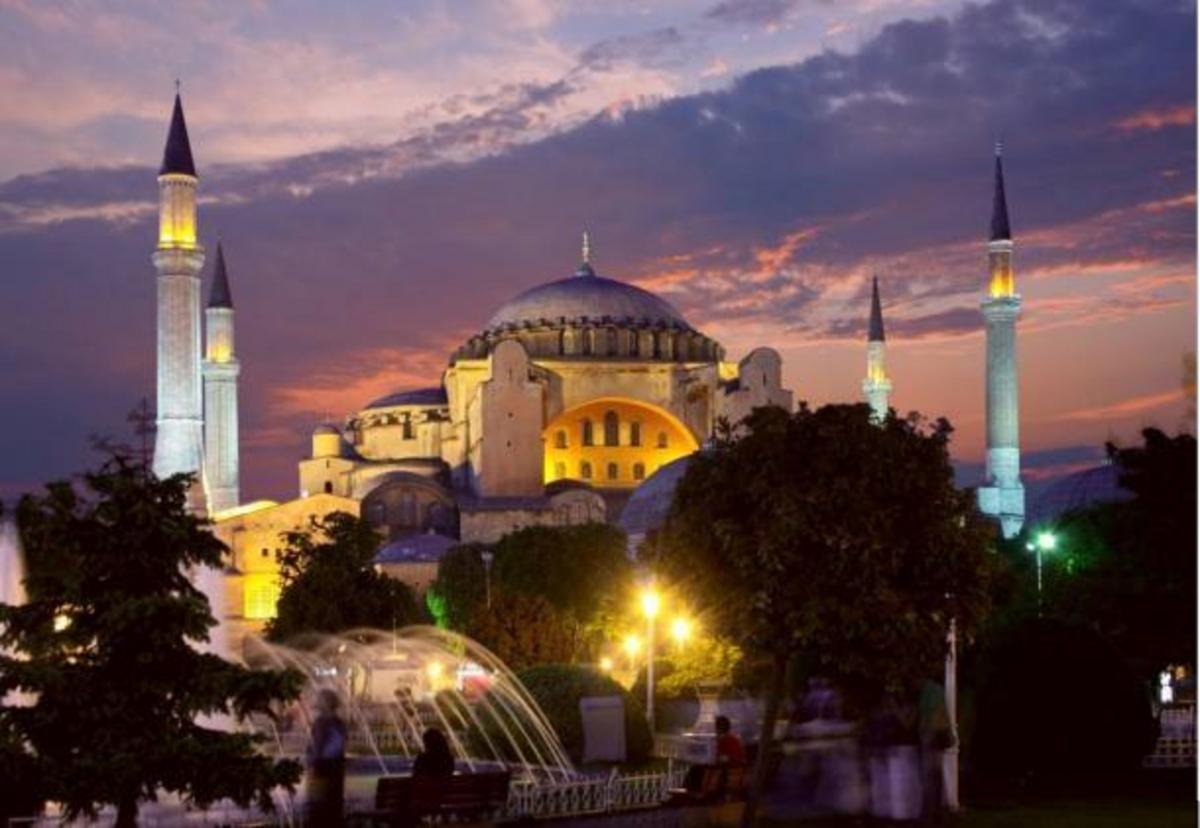
The underground world of the Hagia Sophia Nexus Newsfeed
More than a decade of intensive investigations have revealed the original design and subterranean mysteries of Europe's largest ancient landmark - the former cathedral of Hagia Sophia in.
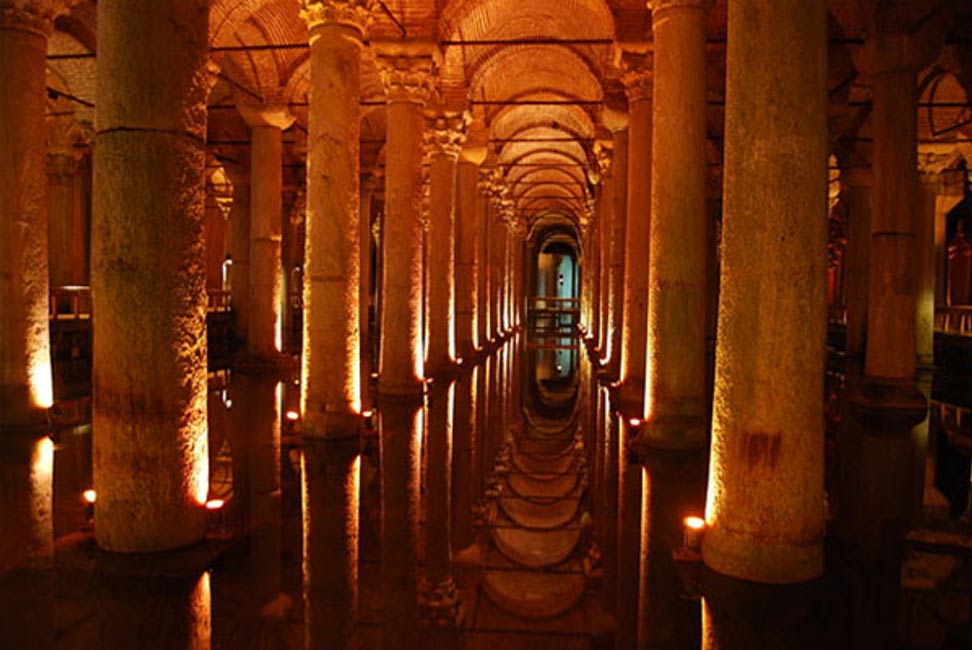
The Underground World of the Hagia Sophia Ancient Origins
The Hagia Sophia is an enormous architectural marvel in Istanbul, Turkey, that was originally built as a Christian basilica nearly 1,500 years ago. Much like the Eiffel Tower in Paris or the.
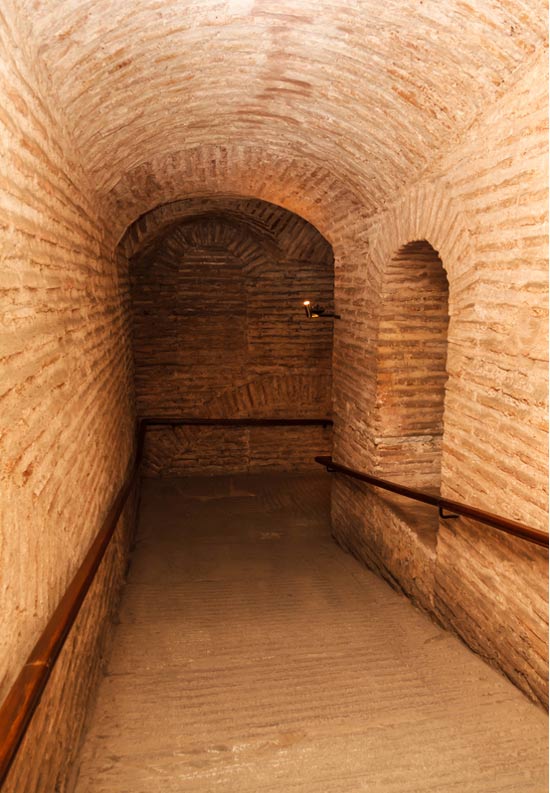
The Underground World of the Hagia Sophia Ancient Origins
Though not directly beneath the Hagia Sophia, the well-known Basilica Cistern lies underground just 150 meters southwest of the ancient church and was built by the Byzantine emperor, Justinian I, in A.D. 532. This cistern is 138 m in length and 64.6 m in width, covering an area of almost 1,000 square metres.
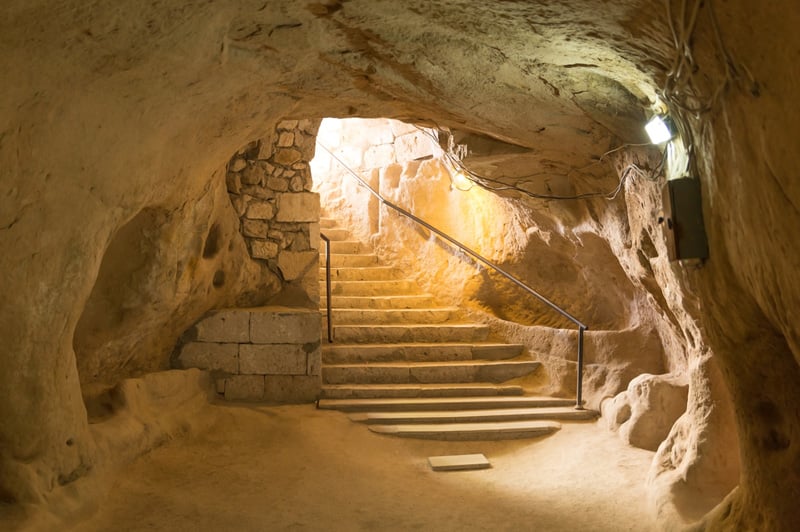
Cappadocia Underground City
Though not directly beneath the Hagia Sophia, the well-known Basilica Cistern lies underground just 150 meters southwest of the ancient church and was built by the Byzantine emperor, Justinian I, in A.D. 532. This cistern is 138 m in length and 64.6 m in width, covering an area of almost 1,000 square metres.
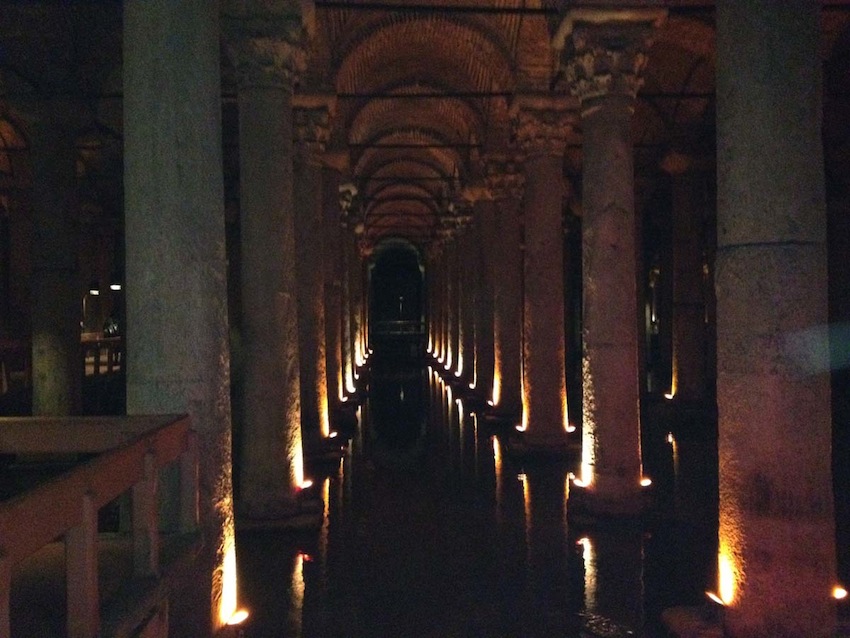
Hagia Sophia underground cistern Ivana Wingham
The Hagia Sophia in Istanbul has a very long history. It has survived earthquakes, religious power struggles, and has been a church (basilica), a mosque and is now a museum. It is known as the Ayasofya in Turkish, and was dedicated to the Wisdom of God, the Logos.
ISTANBUL, Extended On Two Continents HAGIA SOPHIA MUSEUM / UNDERGROUND TUNNELS
Located across the Hagia Sophia Museum, Yerebatan Sarayi is also known as the Basilica Cistern because of a basilica that was once located nearby as a cultural centre. It is the largest surviving underground cistern of Istanbul. Fatih Cistern, St. Sophia Cistern and Theodosius Cistern is some of the 80 cisterns that supplied water in Constantinople. Basilica Cistern was repaired by Justinian.
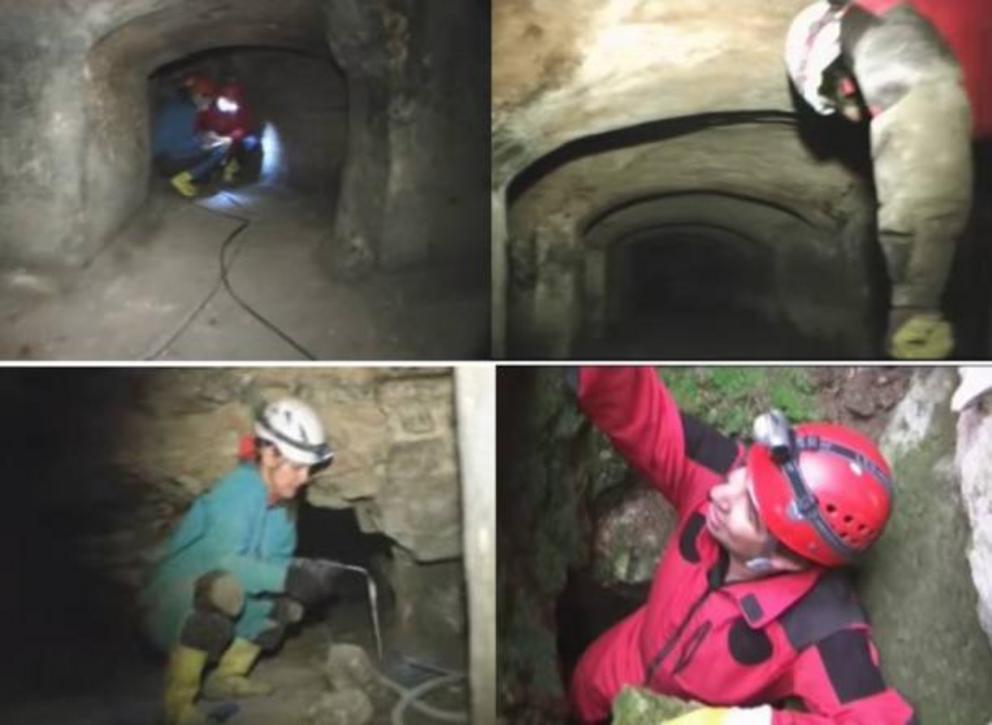
The underground world of the Hagia Sophia Nexus Newsfeed
Ayasofya Latin: Sancta Sophia Also called: Church of the Holy Wisdom or Church of the Divine Wisdom The Hagia Sophia, Istanbul. Hagia Sophia The Hagia Sophia rising along the shore of the Bosporus, Istanbul. Hagia Sophia, an important Byzantine structure in Istanbul and one of the world's great monuments.
Operation Turkey Lurkey Day TwoHAGIA SOPHIA and UNDERGROUND CISTERN
Hagia Sophia, an iconic world known monument of Late Roman-Early Byzantine architecture, is located at the heart of Istanbul and holds great importance in world architectural history. To fully comprehend its significance, it is crucial to examine the

BLUE MOSQUE // HAGIA SOPHIA // UNDERGROUND CISTERN [ HONEYMOON DAY 38 ] YouTube
The Church of Hagia Sophia ( Ancient Greek: Ἁγία Σοφία, romanized : Hagía Sophía, lit. 'Holy Wisdom' Greek pronunciation: [aˈʝia soˈfia]) or Holy Wisdom is a Byzantine church in the fortified medieval town of Mystras, Peloponnese, Greece. It forms part of the wider archaeological site of Mystras, which is designated as a World.